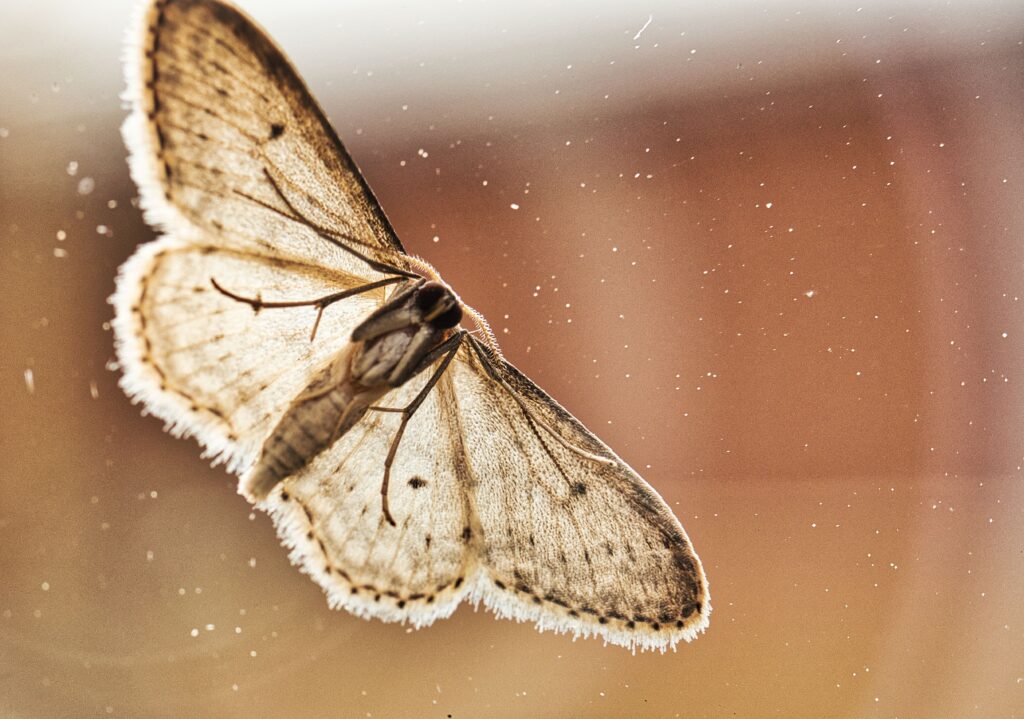How to Identify Gypsy Moths in Sussex County, DE

Our team at Sussex Tree is a trusted resource, providing plant diagnostics and plant care for property owners in Sussex County, DE, and surrounding areas. Sussex Tree includes pest diagnostics and integrated pest management as part of our services. We know the concern for damage to local environments and industries caused by the gypsy moth, most recently known as the spongy moth (Lymantria dispar).
Sussex Tree Assists with Gypsy Moth Prevention
Gypsy moths are not native insects and were introduced to the United States in the 1880s to manufacture silk. They thrive in climates with long, dry springs, and this has caused their populations to grow along the Eastern United States. The climate is more humid in their environments, and their populations are controlled naturally by a fungus known as Enomphaga maimaiga. They have become invasive and threaten landscapes and tree health in coastal Delaware.
Identification
Gypsy moths have several life stages, and it is helpful to identify them at these different phases. Males are slightly smaller than females and are light tan to dark brown with blackish wavy bands, and female moths are a faint white color with dark wavy bands. The adult moths are active throughout July and August, with females laying eggs that will hatch in the spring.
The Caterpillars will have five pairs of blue and six pairs of red dots lining their back and appear in May and June. The new common name “spongy” provides a visual to describe the texture of the egg masses, the stage of life where the moth spends most of its lifespan. Caterpillars can feed all day and night, consuming up to one square foot of foliage during development.
Impact:
Affecting both urban and rural areas, the spongy moth caterpillars feed on various tree species, including oaks, maples, beech, birch, hawthorns, apple, poplar, and willows. The caterpillars defoliate the trees, and although they can defoliate on average in 3-4 weeks when the feeding ends, this causes the trees to expend an enormous amount of energy, weakening them and making them vulnerable to other pests and threats to their health. Not only do they cause damage to the trees, but they compete with native species of moths and butterflies, causing further harm to the environment.
Prevention and Care:
Call us at Sussex Tree to help identify the infestation or destruction of trees on your property. We can offer treatment options to keep your backyard thriving. For more information on Gypsy Moths, visit this website.

